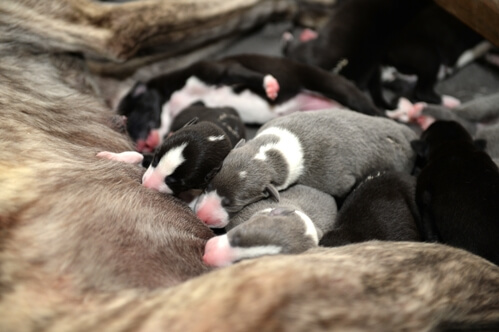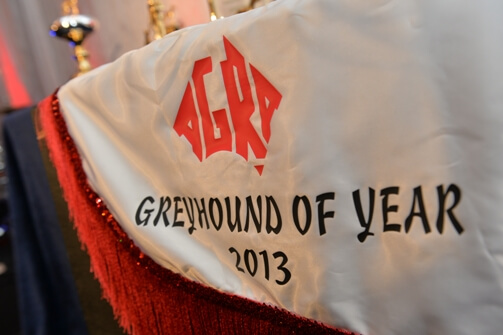Take a tour of Carl McGrath’s breeding farm in Shepparton, which has produced many champion greyhounds including Proven Lethal, Proven Alias, Proven Wizard, Proven Nitro and Proven Impala.
Successful breeding is a complicated process, but these tips will help.
A priority should be starting with the best performed female you can. She should be sound (mentally and physically) and healthy, have a good race record and you should be aware of her family history of disease or common injuries.
A city winning female with a good pedigree (lots of city winners in the first few generations) is certainly the ideal starting point. Not everyone can start there however, but the female’s race form and that of her litter are certainly factors. If she has been mated previously, check the form of her offspring before deciding she might have the potential to produce good quality dogs. If she has not managed to produce any winners within one or two litters, it is very unlikely that she will suddenly produce a good dog.
Remember that the behaviour of a greyhound is partially genetic, learned and a result of the environment in which they live. Socialisation and handling, combined with positive experiences and training can certainly have a huge impact on behaviour, but they rely on the underlying genetic temperament of the animal being sound.
For more information on developing and running a breeding program read the booklets on Developing a Breeding Program – Understanding Genetics and Starting a Breeding Program which includes a table on choosing the right male and female to breed with and help you determine whether the combination of traits is likely to produce healthy, well adjusted, successful racing dogs. There is also a Breeding Plan template (PDF template / Word template) which you may find useful. Remember, the Code of Practice makes it mandatory for breeders to have a breeding plan for every litter. These resources can be found on the Breeders Resources page.
Your brood also needs to be healthy and in good condition. Many successful breeders do this by caring for them like they are still race dogs to give her the best chance of becoming pregnant and whelping a litter without too much effort. Don’t forget, she will also need a general health check completed by your veterinarian before commencing breeding. For more information read the booklet on Care and Husbandry in the Breeding Environment which can be found on the Breeders Resources page.

The selection of a suitable sire for your female is also a very important decision. There are glossy adverts, varying stud fees, and ‘popular’ sires to consider. How do you find the sire that is right for your female? You should not just use the most popular sire, or the dog that seems to have the most wins. You need to seek out a sire that produces the traits that you want in their progeny and complements the characteristics of your female.

Although the stud fee may be a factor, don’t select a sire based on stud fee alone as this is only a small part of the total cost of whelping and raising a litter. It pays to remember that the actual costs of whelping and raising pups doesn’t change depending on the sire used.
It costs just as much to whelp and raise the pups of a higher priced sire as it does the lower to mid-priced sire.
A key step in selecting a suitable sire, is to identify your female’s strengths and weaknesses. Once you have these, prioritise the things you would like to improve. This then becomes your ‘shopping list’ as you consider each sire. When considering a sire, keep in mind that you do not want to double up on faults or weaknesses.
In the case of both the brood and sire, consider factors such as:
- Age
- Health status
- Temperament / behaviour
- Racing success
- Litter size
- Litter success



